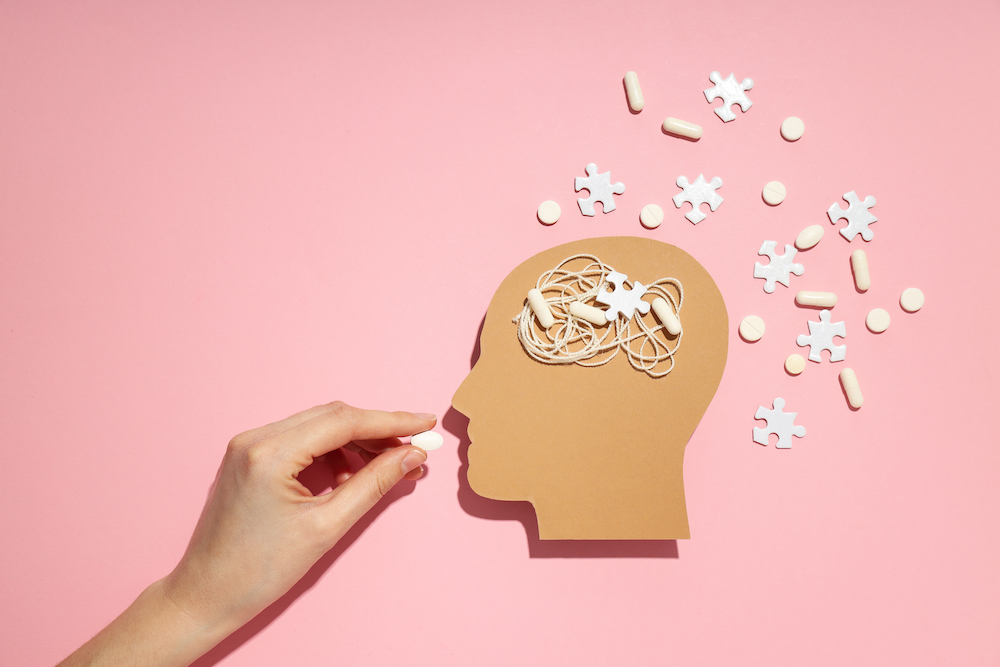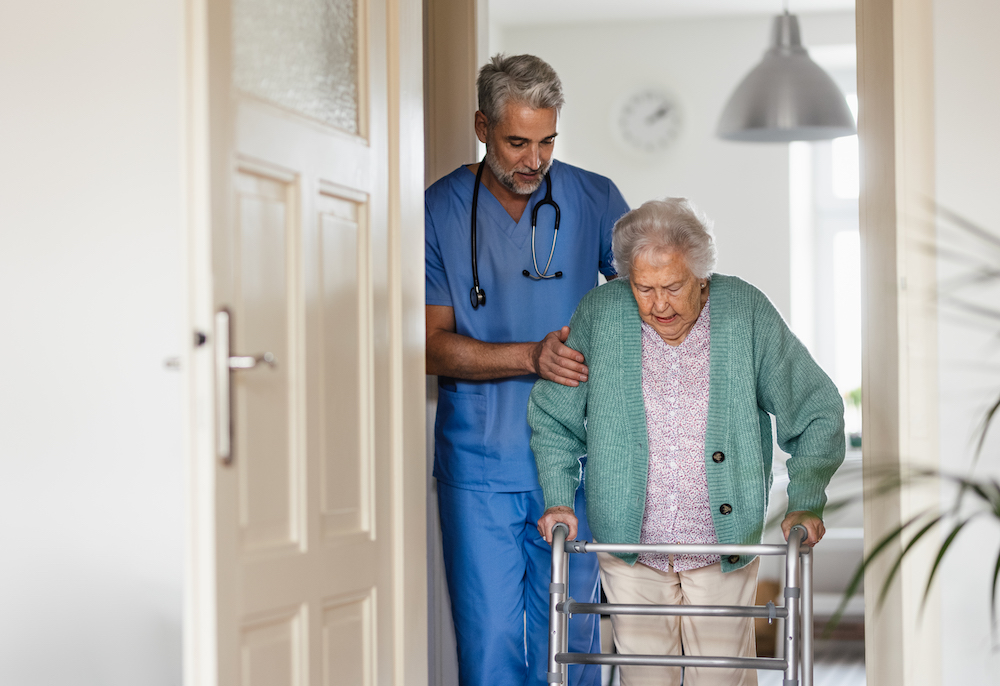
Living with Parkinson’s Disease: How Does Physiotherapy Help?
Parkinson’s disease is a chronic progressive neurological disorder of the central nervous system that affects our body’s non motor and motor system. In Singapore, statistics indicate that 3 in every 1,000 individuals above 50 years old are diagnosed with Parkinson’s. With the country’s ageing population and increased life expectancy, this prevalence amongst the elderly is anticipated to grow by 2030.
Although there’s no definitive cure, physiotherapy exercises have been shown to be instrumental in maintaining and enhancing function and independence for those living with this condition. In this article, we’ll explore the importance of exercise in managing Parkinson’s disease and introduce various physiotherapy exercises designed to provide care and alleviate their symptoms.
Understanding Parkinson’s Disease Symptoms
Parkinson’s disease manifests through several key symptoms, varying in severity from person to person. Here are the four primary symptoms:
1. Resting tremor
One of the hallmark signs of Parkinson’s is the resting tremor. This involuntary shaking, often observed in the hands, arms, or legs when at rest, can be subtle initially but gradually becomes more pronounced.
2. Bradykinesia (Slow movement)
Individuals with Parkinson’s may experience a significant slowdown in their ability to initiate and execute movements. Simple tasks like buttoning a shirt or walking can become arduous and time-consuming.
3. Rigidity
Stiffness and muscle rigidity are common in Parkinson’s disease. This stiffness can affect various body parts, leading to discomfort and limited mobility.
4. Impaired posture and balance
As the disease progresses, maintaining an upright posture and balance becomes increasingly challenging. This can result in stooped posture, falls, and difficulties with activities of daily living.
The Importance of Exercise for Parkinson’s Patients
While there is no cure for Parkinson’s disease, regular exercise has been shown to have a profound impact on symptom management and overall quality of life for the elderly. Exercise can:
- Improve mobility: By maintaining joint flexibility and muscle strength, exercise helps to combat the rigidity and bradykinesia associated with Parkinson’s.
- Enhance balance: Targeted exercises can improve balance and coordination, reducing the risk of falls.
- Boost mood: Physical activity releases endorphins, which can alleviate symptoms of depression and anxiety often experienced by Parkinson’s patients.
- Stimulate cognitive function: Recent studies suggest that exercise can enhance cognition, memory and executive function in mild-moderate Parkinson’s disease patients.
Physiotherapy Exercises for Parkinson’s Disease
Physiotherapy plays a pivotal role in managing Parkinson’s disease, and its benefits are even more pronounced when it’s made accessible through homecare for the elderly. Skilled physiotherapists can design tailored exercise programmes and physical activities, addressing symptoms and improving overall well-being in patients, while potentially preventing disease progression. Here are some effective physiotherapy exercises for Parkinson’s patients:
1. Balance training
Balance is a crucial aspect of mobility for individuals with Parkinson’s disease. Physiotherapists use various balance exercises, such as single-leg stands and tandem walking, to enhance stability.
2. Gait training
Walking difficulties are common in Parkinson’s disease. Physiotherapy includes gait training exercises to improve walking patterns and stride length. Consistent training can lead to smoother walking, reducing the characteristic shuffling and providing a safer mobility experience.
3. Stretching and flexibility
To counteract muscle stiffness, stretching exercises can help maintain joint flexibility and muscle length. These may include stretches for the neck, shoulders, and legs. Regular stretching can also reduce the pain associated with muscle rigidity, enhancing overall comfort.
4. Aerobic exercise
Aerobic activities like stationary cycling or treadmill walking can improve cardiovascular fitness and overall endurance.
5. Functional training
These exercises focus on improving daily activities, such as getting in and out of chairs or the bed. By practising these movements, individuals can tackle everyday tasks with greater ease, fostering a greater sense of autonomy.
Delivering Personalised Parkinson’s Care Directly to Your Home

At Rapid Physiocare, we understand the unique needs of Parkinson’s patients. Through our homecare physiotherapy programme in Singapore, our dedicated care coordinators meticulously assess your loved ones’ needs, while ensuring a genuine connection with them. Partnering with our skilled physiotherapists guarantees that your loved ones, especially the elderly living alone, receive the care they deserve in the comfort of their homes. Visit our physiotherapy clinic to discover how we can provide personalised solutions for your loved ones today.



